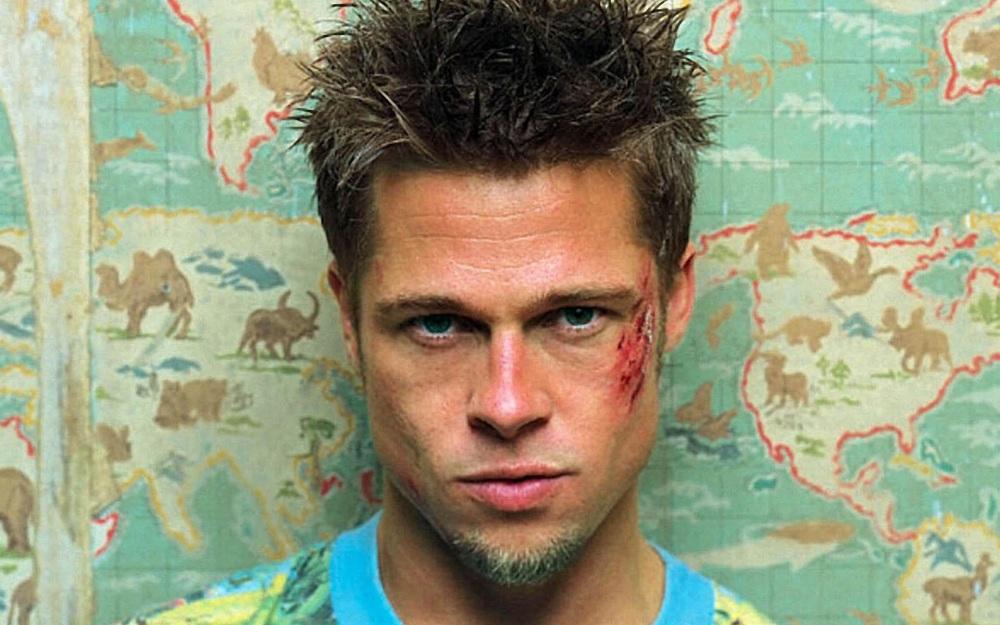
Film is an artistic medium, and like all artistic mediums, there is the potential to use subtext and allegories and re-appropriation of concepts to make a point about society or politics or religion or culture or the media or, well, pretty much anything.
There are plenty of socially conscious directors, like Martin Scorsese or Oliver Stone, who are always looking for the underlying point about American society that they can make with their movies. Other directors, like Quentin Tarantino, are simply trying to make the best movie they can, and there’s nothing wrong with that.
But there is one school of thought that if a movie is made without the director trying to make a point, then, well, there’s no point. There’s no real reason for it to exist. Sometimes these directors will make their message very on-the-nose and ham-fisted (see: The Purge franchise), which ruins the whole movie – it’s not subtext in these movies; it’s just text.
Other times, however, the director will make their point a little too subtle – so subtle that its meaning is either misunderstood or completely lost on passive, mainstream audiences. This is a list of ten movies that, one way or another, everyone missed the point of.
10. First Blood (1982)
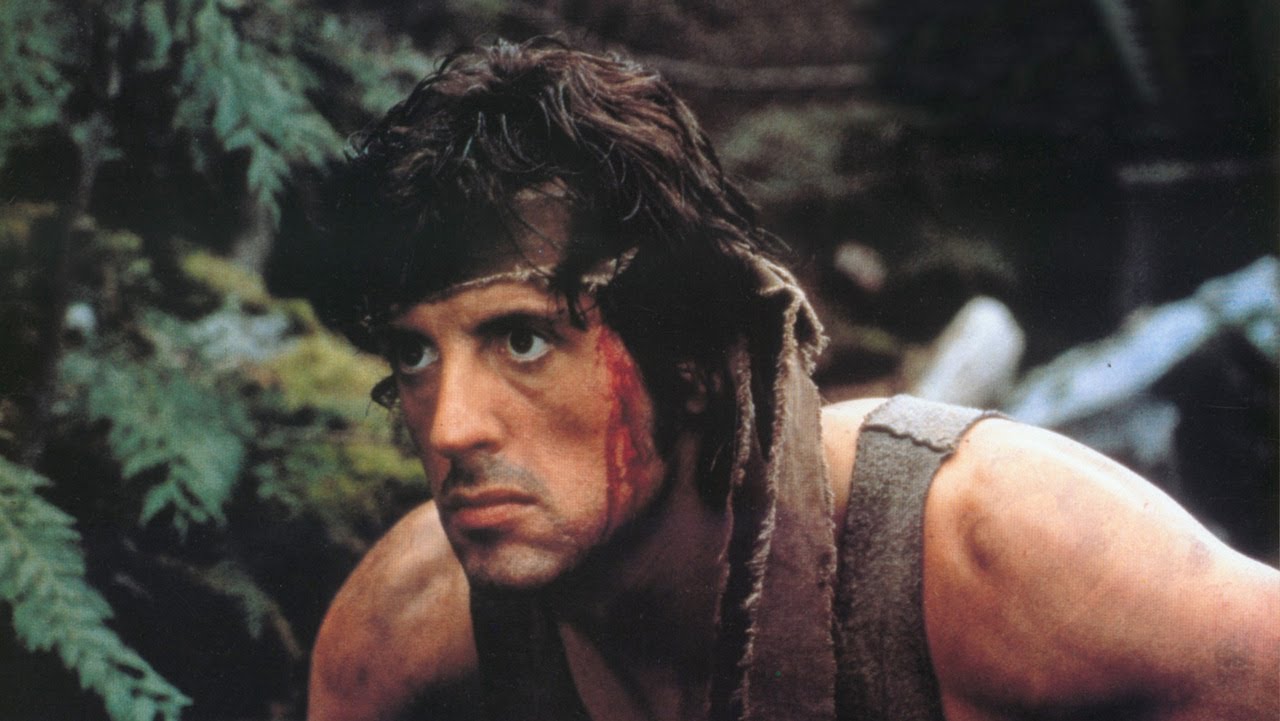
Everyone remembers John Rambo as the guy who flies helicopters into exotic countries and carries around a minigun and doesn’t wear a shirt and does wear a red bandanna on his head and guns down hundreds of people in a blind, Reagan-inspired, patriotic fury. But that’s not what his first movie is about.
Audiences read First Blood as being a simple action movie about a lone wolf badass who takes on a small-town police force that wants to bring him down after he evades capture. But that’s not what it is. It’s not just an action movie. It’s about the Vietnam War and the PTSD that soldiers suffered from when they came home.
Rambo returns from the horrors of ‘Nam and he doesn’t know what to do with his life. He finds that his old war buddy died from the effects of Agent Orange – a sly dig at the government there – and the local sheriff wants nothing to do with him. He picks him up and drives him out of town.
When he walks back into town, the sheriff arrests him. Rambo hasn’t done anything wrong – it’s just that this sheriff, like the rest of American society after the Vietnam War, wanted to forget about the veterans and sweep them under the rug.
In First Blood, Rambo, who has since come to be known as a merciless killing machine thanks to the bloodthirsty sequels, doesn’t actually kill anyone. There’s one guy who falls out of a helicopter after he throws a rock at it, but it’s not even clear whether or not that guy died.
Sylvester Stallone saw the injustice in how Vietnam vets were being treated when they returned home from battle and he made a movie that pointed out the tragedy of their plight – but this went over a lot of audiences’ heads, because they didn’t take Stallone seriously as an artist.
9. RoboCop (1987)
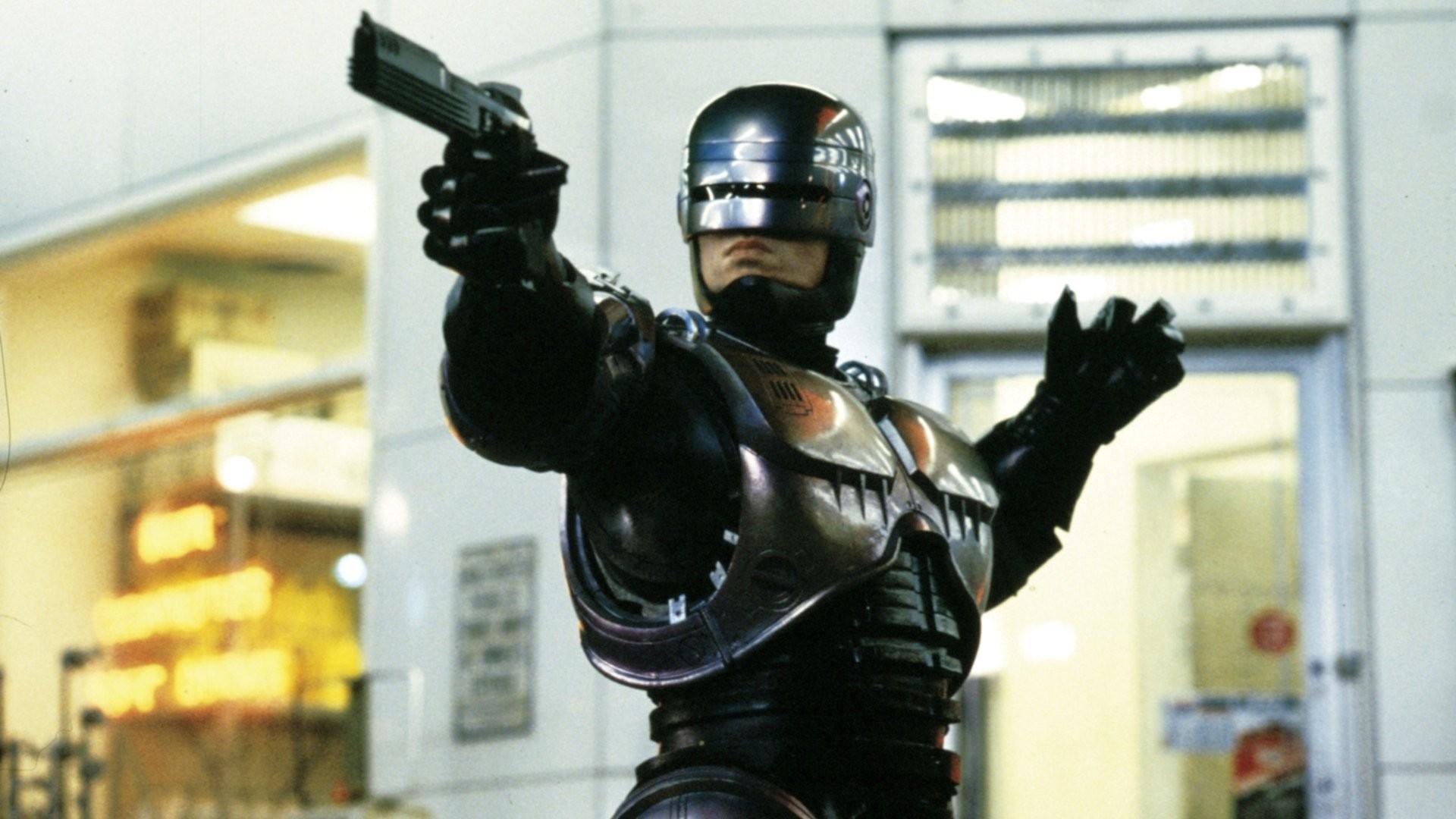
The original ‘80s RoboCop movie directed by Paul Verhoeven is remembered as a dumb, cheesy sci-fi action movie, but it is actually a scathing corporate satire. It’s about how big corporations like Omni Consumer Products comfort us by telling us they will “take care of us,” and then fail to do so with their misguided manufacture of weapons and surveillance systems that are more of a danger to us than they protect us.
OCP is given complete control of the Detroit Police Department and sends officers into dangerous areas in the hopes that one of them will be killed for them to try out their “RoboCop” idea on. It’s a shady, heartless business practice that satirizes those of the real business world – it’s not just the setup of a violent sci-fi actioner.
Verhoeven, who is known for the prevalent religious themes in his movies, has also said that he intended the title character to be portrayed as a Christ figure. When Alex Murphy is gunned down by a street gang, he is “crucified,” and when Omni Consumer Products brings him back to life in the form of RoboCop, he is “resurrected.” Plus, visually, the scene in the steel mill with the shallow water gives the impression that this robotic god among men is walking on water.
The film is also a comment on masculinity in the sense that Alex Murphy is no longer truly a man following his reincarnation as RoboCop. He’s a big, strong, effective killing machine who gets the job done, but the point is that having the body of a man does not make you a man. Even the violence in the movie is so absurdly over-the-top that it could be seen as a satirical commentary on its own genre. Suffice to say, it’s not just a cheesy ‘80s action movie.
8. (500) Days of Summer (2009)
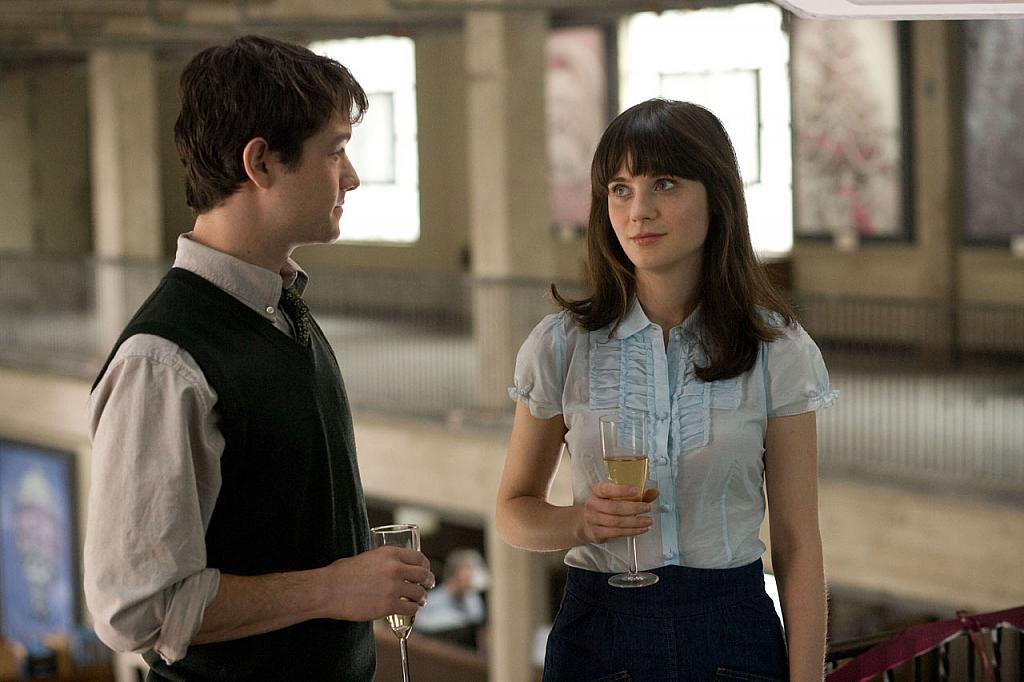
A lot of audiences saw (500) Days of Summer as a quirky romcom with a relatable lead character, but Tom is not supposed to be relatable. He’s supposed to represent everything that’s wrong with the logic of Hollywood romcoms. Those movies give us unrealistic expectations that can ruin real-life romances like Tom’s relationship with Summer.
Director Marc Webb himself has said that (500) Days of Summer isn’t even a romantic comedy – it’s a coming-of-age film. Tom comes of age when he realizes he can’t kid himself about who Summer is or what their relationship is. It’s not a movie about a relationship – it’s a movie about one young man’s growing experience, which happens to come in the form of a relationship.
Summer is based on the same unrealistic Hollywood version of a woman that we have seen in pretty much every romantic comedy ever made. She is Tom’s idea of a woman – kooky and beautiful and fun and ‘adorkable.’ That’s why she’s played by Zooey Deschanel. Ultimately, the relationship failed, because Tom’s expectations of it never matched the reality. The point of this movie is not to be a ‘more realistic’ romcom – it’s that you should ignore romcoms altogether and just enjoy what you have.
7. The Wolf of Wall Street (2013)
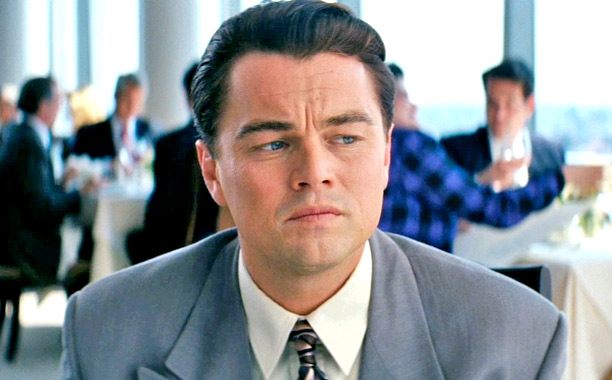
A lot of people think that this movie makes Jordan Belfort’s lifestyle of financial excess look glamorous, but Belfort’s story and Martin Scorsese’s telling of it overtly depict the flaws of a capitalist society. Belfort is shown to get rich by defrauding hard-working, regular people and is ultimately made to pay for his crimes. He has a great run on top of the world, but of course, it doesn’t last. His mistakes and deceits catch up to him and he loses everything.
The film has been criticized for “glorifying psychopathic behavior,” but as the movie’s star Leonardo DiCaprio has pointed out, the film “indicts” fraudulent activity – by having the characters be quite literally indicted at the end of the movie.
DiCaprio said, “This film may be misunderstood by some. I hope people understand we’re not condoning this behaviour…we’re indicting it. The book was a cautionary tale, and if you sit through [to] the end of the film, you’ll realise what we’re saying about these people and this world, because it’s an intoxicating one.”
It might seem glamorous from the comedic tone and the sheer lavishness of everything, but that’s exactly how people like Jordan Belfort get swept up in this world in the first place. They know that what they’re doing is criminal, but the rewards are so attractive that they fall into it anyway.
The point of the movie – and the book that it’s based on – is to get the viewer to avoid making the same mistakes that Belfort did. Scorsese and DiCaprio might use humor and sight gags and naked women and party scenes and ridiculous amounts of money to prove this point, but it is a movie after all.
6. The Shining (1980)
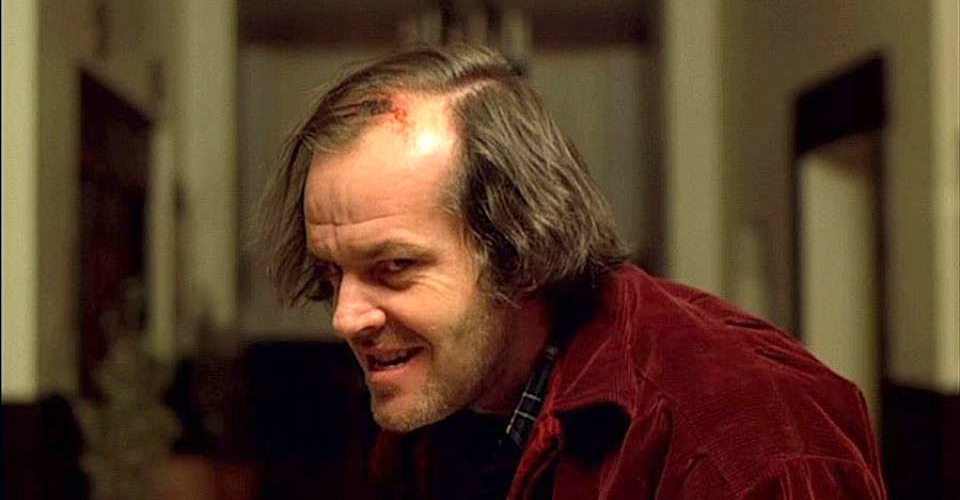
Stanley Kubrick’s cold, unforgiving adaptation of Stephen King’s novel of the same name was initially judged back in 1980 as a simple horror film about a haunted hotel, but as years of fan theories have shown, it is everything but.
One theory is that the movie is about sexual abuse. The chronology of that “one time” when Jack hit Danny gets a little muddled. Wendy’s telling of it doesn’t line up with Jack’s telling of it – and Jack is reluctant to even talk about it at all, denying it ever happened at first. Plus, the movie shows that Danny is clearly psychologically scarred and he’s the first one to go into Room 237, which is when things start to get creepy.
The film is also filled with sexual imagery that only a child’s mind would think of (naked people kissing, for example, instead of actual sex), suggesting a history of sexual abuse. The theory is that The Shining is really about the effect that this has had on Danny’s psyche, rather than the spirits haunting the Overlook.
Another theory is that it is about the plight of the Native American people, since the hotel is said to be built on an Indian burial ground (a common theme in ‘80s horror films, like Poltergeist, which actually subverts it, and The Amityville Horror). The hotel is also filled with Native American food brands and artworks, and yet there isn’t a Native American person in sight – just a bunch of white people and one black guy. All the Native Americans are buried under the foundations. So, the theory is that Kubrick made a movie about the American killing of Native American people.
Jack’s signing of the contract at the beginning of the movie is seen as a metaphor for him signing away his soul, since what happens after it seems to be a descent into a snowy hell. Some people have even seen Jack’s use of the written word versus Danny’s use of visual imagery as a battle between literature and film in a film adaptation of a book that the book’s author despised.
It’s not clear exactly what Kubrick meant with the film. Perhaps he meant all of these things. Who knows? He took it to his grave. But one thing is certain: it’s not just a horror movie about a haunted hotel.